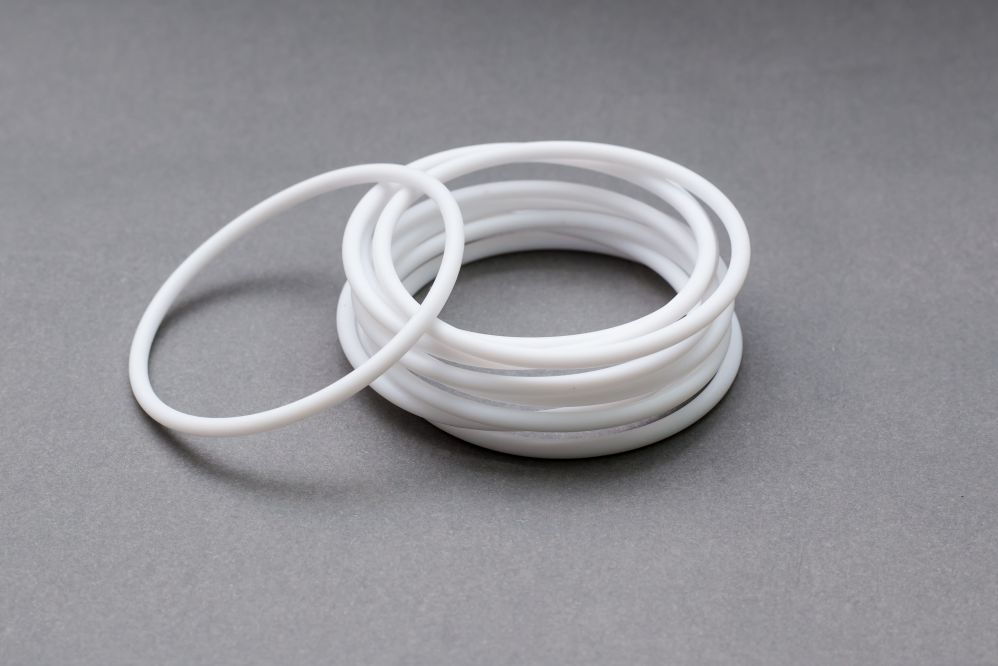Governments and organizations are constantly seeking solutions to make identification documents secure and tamper-proof. Cost-effective productions are key because in most cases security requirements combine with the need to maintain low costs.
Until not so long ago, all identification documents were made of cheap and readily available materials such as paper or cardboard. The document’s information was printed in ink or handwritten. Of course, not just any paper was used. In order to guarantee the originality of the document and combat counterfeiting, the paper was made using special treatments. Holograms, watermarks, or drawings were applied to the paper to make it as difficult as possible to falsify.
However, these products were not 100% safe since they could still at times be forged. Both the types of paper and the inks could be modified in such a way as to deceive even the most expert eye. This is the reason why the search for forgery-proof solutions has never ceased.
One of the solutions found was the laser marking of documents. The application consists of marking information directly on the material using the laser beam. The interaction between the laser and the material changes the surface layer causing a transformation that produces a mark. This mark is therefore not applied to the material but is an integral part of it. This technique guarantees that any successive modification to the document would result in irreparable damage that would highlight the counterfeit.
Laser marking can be used both on security paper – and on paper in general – but also on new-generation plastic identity documents.
Various objects such as ID cards, passports, credit cards, passes, or even hospital wristbands can be made using laser marking.
Given their identification function, these documents must have very precise functional characteristics:
- the sign must be indelible and resistant to wear and tear.
- the document must be difficult to forge or tamper with.
- there can’t be any defects
- all documents must be identical
The marking process makes it possible to meet all these requirements and therefore satisfy the most stringent international safety requirements. The marking becomes an integral part of the material and cannot be removed. It is virtually impossible to forge a laser marked document unless you use the same tools and materials as the original document.
The laser marking process, like all laser processes, is computer controlled and therefore has a high repeatability and accuracy index. Once the process has been defined, the possibility of error is 0, and machining operations are carried out repeatedly with the same level of quality.
Laser marking lends itself to numerous applications. You can mark alphanumeric identification codes but also barcodes, QR codes, and even greyscale photos.
Laser allows you to add special security features such as microtext, variable images, i.e. images that change depending on the angle.
How the marking process works
It is a well-known fact that laser marking can be performed on various types of material. The best result is obtained on plastic materials such as polycarbonate and paper.
The marking on plastics is done by chemical degradation. The energy transferred by the laser carries out instantaneous transformations at the molecular level. The transformations change the visual appearance of the material by creating a dark-colored mark.
Laser marking also works on multi-layered documents. The laser can even reach a transparent layer by setting a specific wavelength. Marking can, therefore, be done at deeper levels and ensure that the mark is protected by a transparent surface layer and thus more resistant.
The possibilities go even further. Deeper marking with a tactile effect can be created through laser engraving techniques.
Laser engraving acts at a deeper level than laser marking and subjects the material to wider and more radical transformations. The mark made by engraving doesn’t only have visual characteristics but also tactile ones. The combination of marking and engraving makes the ID much safer.
The laser marking process allows for results that cannot be obtained with other machining tools. Therefore it lends itself to the most advanced processes. In a world increasingly connected, having forgery-proof documents is more and more necessary. If you have such an application in mind contact us , we will help you make it happen.




